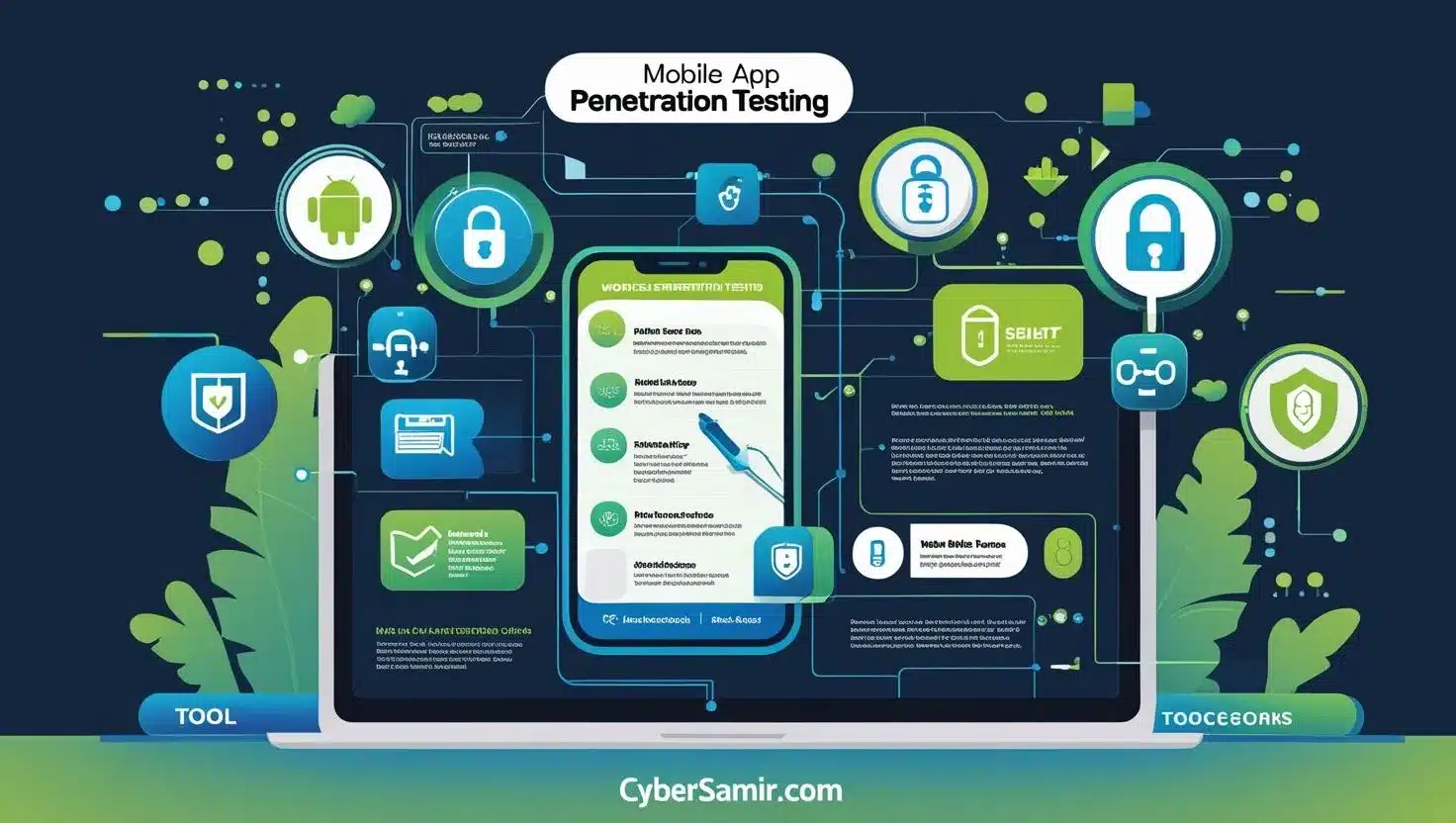
Bug Bounty Programs: How Hackers Get Paid to Find Vulnerabilities
In the ever-evolving world of cybersecurity, organizations are increasingly turning to ethical hackers to help identify and fix vulnerabilities in their systems. Bug bounty programs have emerged as a powerful tool for incentivizing security researchers to uncover weaknesses before malicious actors can exploit them. These programs offer financial rewards, recognition, and even job opportunities to hackers who responsibly disclose vulnerabilities.
What Are Bug Bounty Programs?
Bug bounty programs are initiatives run by organizations to encourage security researchers to find and report vulnerabilities in their systems. These programs typically outline the scope of testing, the types of vulnerabilities eligible for rewards, and the payout structure. Companies like Google, Microsoft, and Facebook have well-established bug bounty programs, but smaller organizations and startups are also adopting this approach.
How Do Bug Bounty Programs Work?
Bug bounty programs operate on a simple principle: hackers search for vulnerabilities, report them responsibly, and receive rewards based on the severity of the issue. Here’s how the process typically works:
- Scope Definition: The organization defines what systems, applications, or services are in scope for testing.
- Vulnerability Discovery: Ethical hackers use their skills to identify vulnerabilities within the defined scope.
- Responsible Disclosure: Hackers report the vulnerabilities to the organization, often through a dedicated platform.
- Validation: The organization’s security team verifies the reported issue.
- Reward: If the vulnerability is valid, the hacker receives a monetary reward or other incentives.
Benefits of Bug Bounty Programs
Bug bounty programs offer numerous benefits for both organizations and ethical hackers:
| For Organizations | For Ethical Hackers |
|---|---|
| Access to a global pool of security talent | Opportunity to earn money for finding vulnerabilities |
| Cost-effective way to identify vulnerabilities | Recognition and reputation building in the cybersecurity community |
| Improved security posture and reduced risk of breaches | Chance to work on real-world systems and applications |
| Enhanced trust and credibility with customers | Potential job opportunities with top tech companies |
Popular Bug Bounty Platforms
Several platforms connect organizations with ethical hackers for bug bounty programs. Here are some of the most popular ones:
- HackerOne: One of the largest bug bounty platforms, hosting programs for companies like Google, GitHub, and Uber.
- Bugcrowd: A platform that offers both bug bounty programs and managed security testing services.
- Synack: A crowdsourced security platform that combines human intelligence with AI for vulnerability discovery.
- Intigriti: A European-based platform that focuses on connecting organizations with ethical hackers.
Tips for Participating in Bug Bounty Programs
If you’re interested in becoming a bug bounty hunter, here are some tips to get started:
- Learn the Basics: Gain a solid understanding of web application security, networking, and common vulnerabilities like SQL injection and XSS.
- Start Small: Begin with smaller programs to build your skills and reputation.
- Read the Rules: Always review the program’s scope and rules to avoid legal issues.
- Document Your Findings: Provide clear and detailed reports to increase your chances of receiving a reward.
- Stay Ethical: Always follow responsible disclosure practices and avoid causing harm to systems.
Conclusion
Bug bounty programs have revolutionized the way organizations approach cybersecurity. By leveraging the skills of ethical hackers, companies can identify and fix vulnerabilities before they are exploited by malicious actors. For hackers, these programs offer a unique opportunity to earn money, build a reputation, and contribute to a safer digital world.






